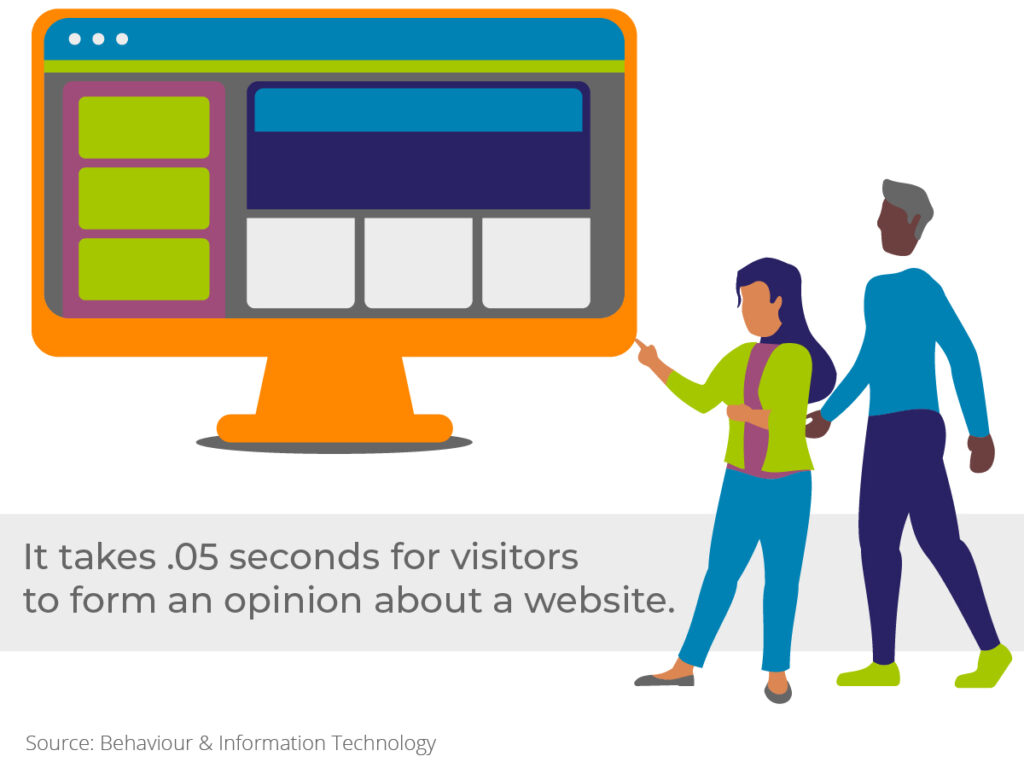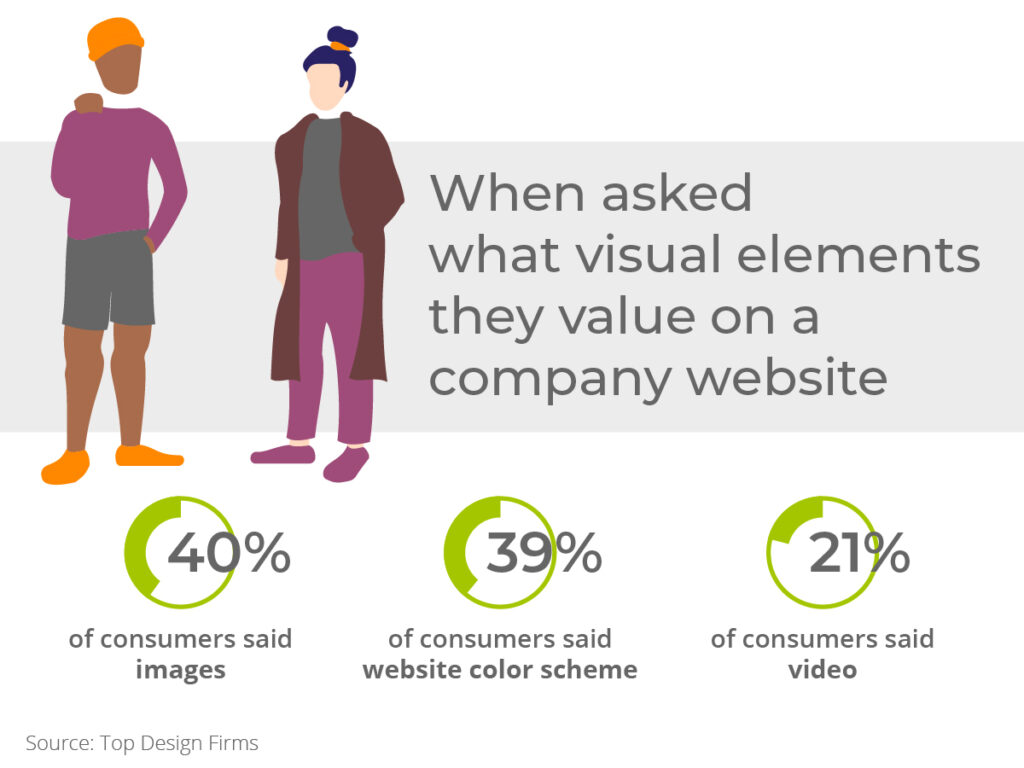Exploring Wine as a Strategic Asset

By: Shana Orczyk Sissel – Founder, President & Chief Executive Officer of Banríon Capital Management
In a time period marked by the unpredictable swings of traditional markets, many investors are turning their attention to more tangible assets that provide not only financial returns but also offer a personal and luxurious experience. Among these alternatives, fine wine is becoming increasingly appealing. As a long-time observer and participant in the alternative investment space, I have seen a significant uptick in wine investment interest, particularly among investors aiming to diversify their portfolios while adding a uniquely personal touch.
Why Wine?
The appeal of investing in wine is layered and robust. Historically, fine wine has shown remarkable resilience in the face of economic downturns, often outperforming traditional stocks and bonds during inflation and market instability. This resilience is largely due to wine’s status as a luxury item, with its value driven by limited supply and increasing global demand. The finite production of certain vintage wines means that as bottles are consumed, the remaining ones become rarer and potentially more valuable. This positions wine not just as a hedge against inflation but as a compelling means for capital preservation.
Wine Fundamentals for Investors
For those new to wine investing, understanding the fundamentals is crucial. Key factors to consider include the reputation of the vineyard, the quality and rarity of the vintage, and proper storage conditions to preserve the wine’s value. Investing in wine requires a strategy for buying, storing, and eventually selling:
● Selection: Focus on well-known regions like Bordeaux, Burgundy, and Napa Valley, which historically produce wines that appreciate in value.
● Storage: Proper storage is critical and should be in a climate-controlled environment to protect the wine’s quality and longevity.
● Insurance: Like any valuable asset, wine collections should be insured, especially as their market value increases.
● Exit Strategy: Knowing when and how to sell is as important as knowing what to buy. Most fine wines reach a peak market value at a certain point of maturity.
Personalization at Its Best
Investing in wine is a deeply personal experience. Each bottle has its own story, tied to its origin, vintage, and the subtleties of its taste. This personal dimension allows financial advisors to engage with their clients on a deeper level. Offering wine as dividends, for instance, instead of traditional cash payouts, forges a more meaningful connection between investors and their investments. Imagine the moment of pride an investor feels when uncorking a bottle from “their” vineyard’s wine while entertaining at home.
Strengthening Relationships
For advisors, the wine industry offers a distinctive way to deepen client relationships. Discussing wines, sharing tastings, and exploring vineyards can be powerful relationship-building experiences. These interactions allow advisors to connect with clients in settings that extend beyond conventional business environments, fostering a sense of camaraderie and shared interest.
In the same vein, effectively marketing a vineyard or winery to financial advisors can enhance these relationships further. Invite advisors to your property for tours, tastings, and in-depth discussions about your production process and business philosophy. When advisors are familiar with a vineyard’s story, its commitment to quality, and its unique offerings, they are better positioned to recommend these investments confidently to their clients.
Diversification Through Wine
Wine offers substantial diversification benefits. Its low correlation with conventional financial assets like stocks and bonds means it can help smooth out portfolio volatility, providing steadier returns over time. Incorporating wine into an investment portfolio can act as a buffer against market swings, appealing to those seeking more stability in their investment journey.
Avenues for Investing in Wine
There are several options when it comes to investing in wine, each offering unique benefits and risks. Direct ownership of bottles or cases is the most traditional method, providing control over selection and requiring knowledge of wine regions and proper storage. Alternatively, wine funds offer ease through professional management, though they lack liquidity and involve fees. Those preferring a more traditional market approach might consider wine stocks, which involve investing in publicly traded companies related to the wine industry. Wine futures, or “en primeur,” allow investors to buy wine before it is bottled, potentially at lower prices, but this comes with its own set of risks related to market and production quality.
Emerging trends like wine exchange platforms and crowdfunding are modernizing wine investment. Exchange platforms provide transparency and liquidity, enabling the trading of wine much like stocks. Crowdfunding platforms let investors buy shares in vineyards or wine projects, reducing the barrier to entry and allowing participation in potential profits from wine production without substantial upfront investment. We work closely with advisors to help them tailor and better understand the investment options that work best for individual clients.
Seizing Opportunities in the Regulatory Landscape
Recent shifts in regulatory frameworks have opened new avenues for winemakers and investors. With the ability to raise capital from the public more freely than before, vineyards and wineries can now explore new ways of funding their operations and expansions. However, despite the high demand, there are surprisingly few wine funds available, offering a niche yet potentially lucrative investment opportunity. A thorough understanding of the market and regulatory environment will ensure investors can identify and capitalize on the best offerings.
Targeting a Broader Investor Base
The demographic of wine investors is expanding, with women in particular drawn to the combination of cultural appreciation, luxury, and investment potential that fine wine offers. Wineries have a significant opportunity to cater to this demographic, especially at tastings, which predominantly attract couples and women. Additionally, social media has introduced new marketing channels that are not only more cost-effective compared to traditional advertising channels like television, but also resonate strongly with the female market. Influencers can provide a personal touch and create authentic connections with products, while “mom memes” underscore wine’s cultural integration.
Global Market Trends
The global wine market is experiencing significant shifts, influenced by changing consumer behaviors and economic conditions. According to Spherical Insights, the global wine market size is projected to reach $583 billion by 2032 with a compound annual growth rate of 5.7%. Emerging markets, especially in Asia and parts of Africa, are developing a robust appetite for luxury wines driven by increasing wealth and a growing middle class. As a result, demand is likely to keep rising, potentially pushing prices higher in well-established and emerging wine markets alike.
In Europe and North America, consumption patterns are stabilizing, but the interest in high-quality, sustainable, and boutique wines is growing. This shift towards premium products supports higher price points and can enhance investment returns.
The Future of Wine Investing
The future looks promising for the wine sector. As awareness of its benefits grows, more investors are likely to explore how wine can complement their portfolios. For newcomers, starting with a reputable wine fund can provide a secure and enlightening entry into the market, combining financial benefits with the pleasure of ownership.
The Last Sip
Wine investing extends beyond simple asset acquisition; it’s about embracing a lifestyle and crafting a portfolio that mirrors personal tastes and passions. For those eager to incorporate sophistication and personalization into their investment strategy, wine offers an enticing path. Whether you’re a seasoned collector or new to the world of wine, the right investment strategy can transform every sip into not just a taste of exquisite craftsmanship but also a toast to financial prosperity.
As Founder, President & Chief Executive Officer of Banríon Capital Management Shana Orczyk Sissel helps independent advisors navigate the complex world of alternative investing, bridging the gap between public and private alternative investment opportunities. Additionally, she assists clients with investment platform development, alternatives in portfolio construction and developing best practice in alternative investment due diligence. In this role, Ms. Sissel assisted in the launch of Armada ETF Advisors, and served as a key advisor in the firm’s recent launch of its first ETF product, the Home Appreciation U.S. REIT ETF (HAUS).














